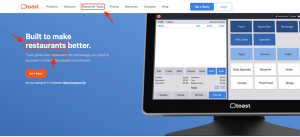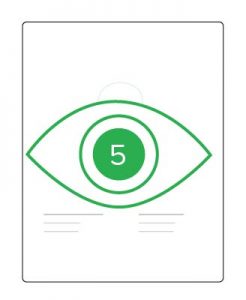In the first major redesign over 30 years, the IRS is kicking off the decade by rolling out a new Form W-4. The updated document reflects changes that were made to the federal tax code following the Tax Cuts and Jobs Act last year. To help employers and employees adjust to the new Form W-4, the IRS answered a number of frequently asked questions on their website.
Here are the key takeaways you need to know to ensure compliance with the new Form W-4 in 2020:
Employer FAQs
- Are all employees required to complete a new Form W-4? No. If an employee has completed a Form W-4 in any previous year, they will not be required to furnish a new form due to the redesign.
- Are new employees that are first paid after 2019 required to use the redesigned form? Yes. All employees first paid after 2019 must use the new form, as must any other employee who chooses to adjust their withholding.
- What if a new employee that is first paid after 2019 doesn’t furnish a Form W-4? In this case, the employee should be treated as a single filer with no other adjustments. This means that a standard deduction with no other entries will determine withholding. This treatment also generally applies to any prior employees who are rehired in 2020 without completing a Form W-4.
- What if an employee paid prior to 2020 wants to adjust their withholding from their pay dated January 1st, 2020 or later? The employee must adjust their withholding by completing the redesigned Form W-4.
- The new Form W-4 doesn’t seem that different from the old version. Why did the IRS choose to redesign it? The new Form W-4 simplifies the form design, increasing the transparency and accuracy of the withholding system. It uses the same underlying information as its predecessor but replaces complicated worksheets with more straightforward sections that make withholding easier for employees.
Employee FAQs
- Is it necessary to complete all 5 steps on the new Form W-4? No. The only two steps required for employees are Step 1 and Step 5. If your tax situation is more complicated, completing Steps 2-4 may be necessary if they apply to you – this information will make your withholding more accurately match your liability.
- How should an employee complete the new Form W-4 if they’d like to receive a refund when they file their tax return? In Step 4(c), enter the additional amount that you would like your employer to withhold from each paycheck. In some cases, even if you don’t withhold any income tax from your wages, you may get a refund if you’re eligible for certain tax credits.
- With the new Form W-4, do employees have to account for multiple jobs? Yes. As income rises, tax rates increase. Therefore, often more money should be withheld than would be if each job was considered individually. The old Form W-4 also accounted for this information but did so with multiple instructions and worksheets that may have been previously overlooked. Now, Step 2 lists three different options you can choose from to make withholding adjustments.
Resources to Ensure Compliance with the New Form W-4
If you have specific or complicated questions that weren’t covered here, the IRS has a more robust FAQ section where they provide further insight. In addition to that information, they offer an online Tax Withholding Estimator so employees can accurately determine what is likely to be withheld when they complete the new Form W-4. On the flipside, for employers who are struggling to explain the new form to their workers, the American Payroll Association published a sample letter that can be used to thoroughly explain the new document and its requirements.
Whether you’re an employer or employee, the thought of a new Form W-4 is more daunting than actually integrating it into operations or completing it is. Armed with this basic information, as well as the numerous helpful resources above, you will be able to navigate the new form with ease.
Business & Finance Articles on Business 2 Community
(48)
Report Post





